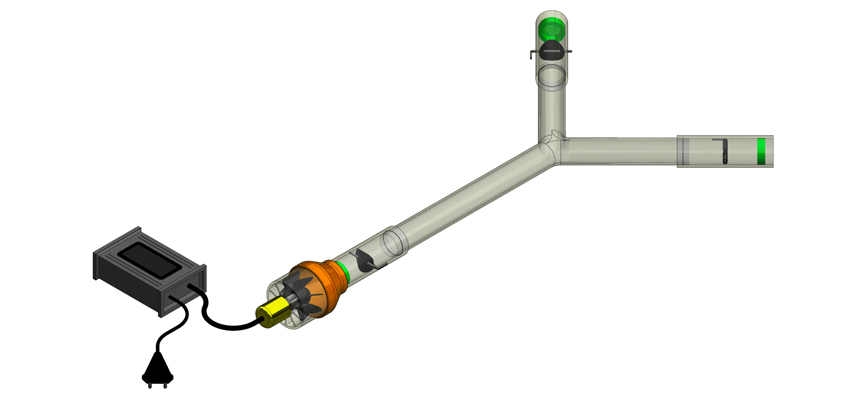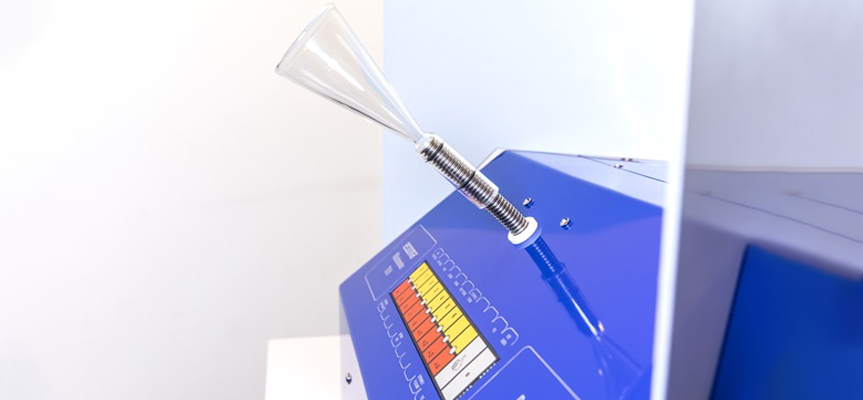Aroma
Aroma refers to the combination of odor-producing molecules that are released from food and perceived by the human olfactory cells. These molecules can be of either natural or artificial origin. Aroma is one of the key factors in the overall sensory experience of taste and flavor, ultimately influencing product acceptance and sales. On the other hand, aroma can also serve as an indicator of the freshness or spoilage of a product.
Aroma and Formulation Development
Part of the formulation development process, especially for products where aroma plays a critical role, involves the creation of a specific aroma formulation. The reality is that aroma and flavor are interconnected. When consuming a product, during the chewing process, aroma molecules enter the oral cavity and reach the olfactory cells, ultimately affecting the perception of taste. Therefore, the selection of aroma components and their concentration is a combinatory process, dependent on the characteristics of the aroma and its release quality under oral conditions, which are influenced by the product’s texture, saliva, and chewing effects. Sensory evaluation is an essential process for assessing the aroma quality of a product. During sensory evaluation, assessors evaluate different samples based on the designed aroma, but the error of this method is often large due to individual sensitivity and testing methods. Factors such as aroma concentration, the intensity of airflow containing the aroma, and the temperature and humidity levels also affect the results of these tests. Consequently, techniques like olfactometry, which offers better control over the aroma flow, can provide more accurate measurements (The Importance of Sensory Evaluation in Market Development).
Olfactometer
An olfactometer is a device, essentially a simple glass manifold, that is installed on equipment such as a gas chromatograph or airflow control system. It enables the modification of the aroma quality for human assessors or other purposes. The device mixes the air flow and releases it from an output path near the assessor’s nose or other target areas. When connected to a diluter or gas chromatograph, it allows for more precise evaluations. This method, known as olfactometry, is commonly used in aroma analysis (Instrumental techniques in formulation development).

Olfactometry and Concentration Measurement
One of the olfactometry techniques involves determining the threshold of aroma detection concentration. In this method, airflow containing the aroma of the target product is directed into the olfactometer by a controlling device. From a second channel, neutral gas, such as hydrogen, is introduced. The aroma-containing air must be sampled using a specific method according to the goals of the analysis. By adjusting the flow rate of the gases, the concentration of the aroma is set from zero to its highest level, or without dilution. The output air is then assessed by the evaluator. If the aroma is perceived, the result is recorded. If no aroma is detected at the set concentration, the concentration is gradually increased until the threshold of detection is reached, allowing for comparisons between different formulations.
Olfactometry and Aroma Detection
Another technique utilizing gas chromatography involves the separation of molecules via a chromatography column. The separated molecules are assessed by the evaluator. The output from the chromatography column is transferred to the olfactometer, and another path leads to a detector device. After the gas exits the column, a portion is sent to the detector while the evaluator simultaneously assesses it. This technique helps identify the key aroma molecules in a product, resulting in the creation of an aroma profile. Such profiles are used in developing specific flavors or simulating the aroma of the product. These techniques have been applied in identifying the aromas of milk, yogurt, cheeses, coffee, and beverages. They are especially useful for developing new flavors or analyzing the aroma-producing factors in the formulation of such products.

Conclusion
The olfactometer technique, also known as the aroma flow control technique, is a method used for human sensory analysis to better understand aroma. In this technique, the concentration of aroma in the air is adjusted using odorless air, allowing the evaluation of the intensity of a product’s aroma or scent. When combined with gas chromatography, this technique can serve as a complementary tool alongside detection instruments for analyzing a product’s aroma, identifying its aroma profile, or assisting in formulation.

